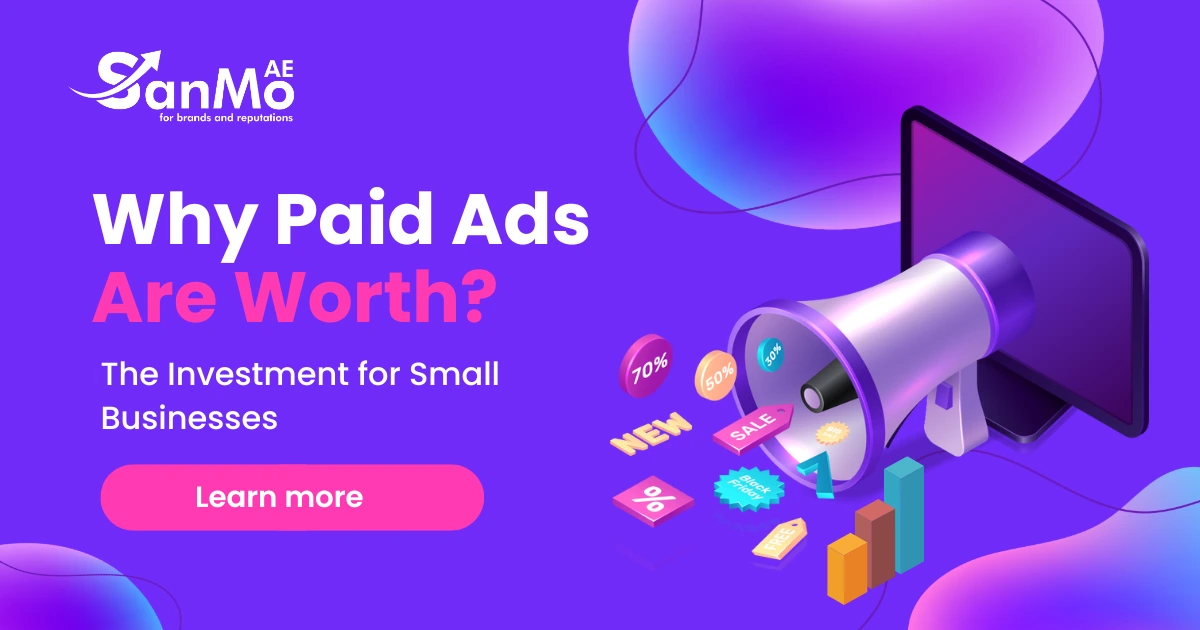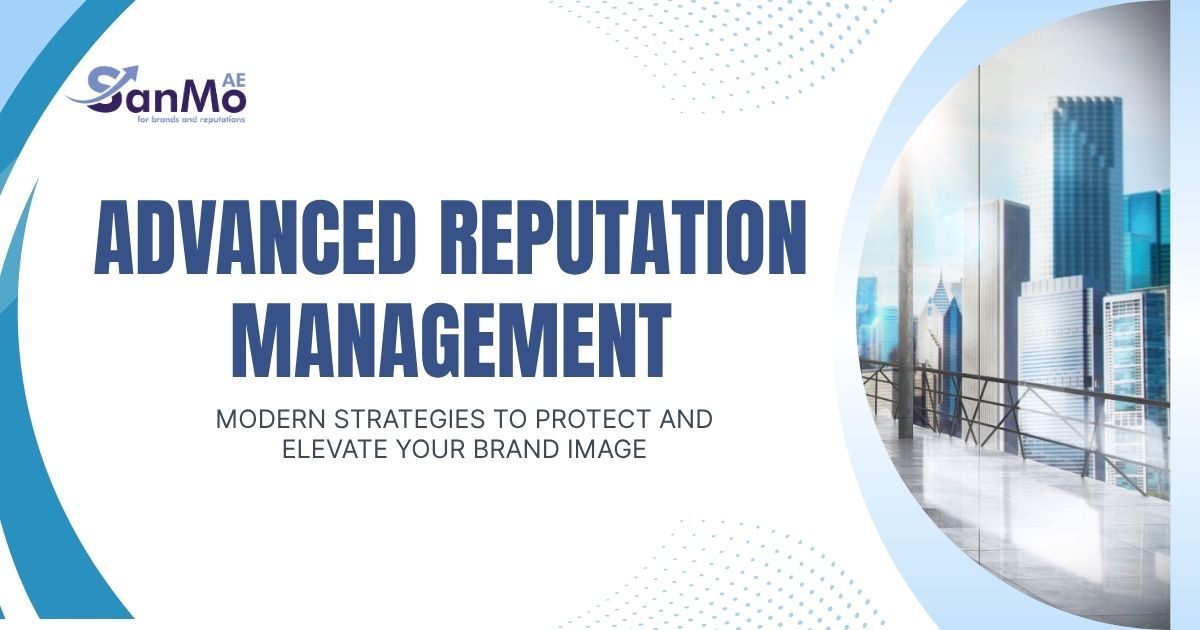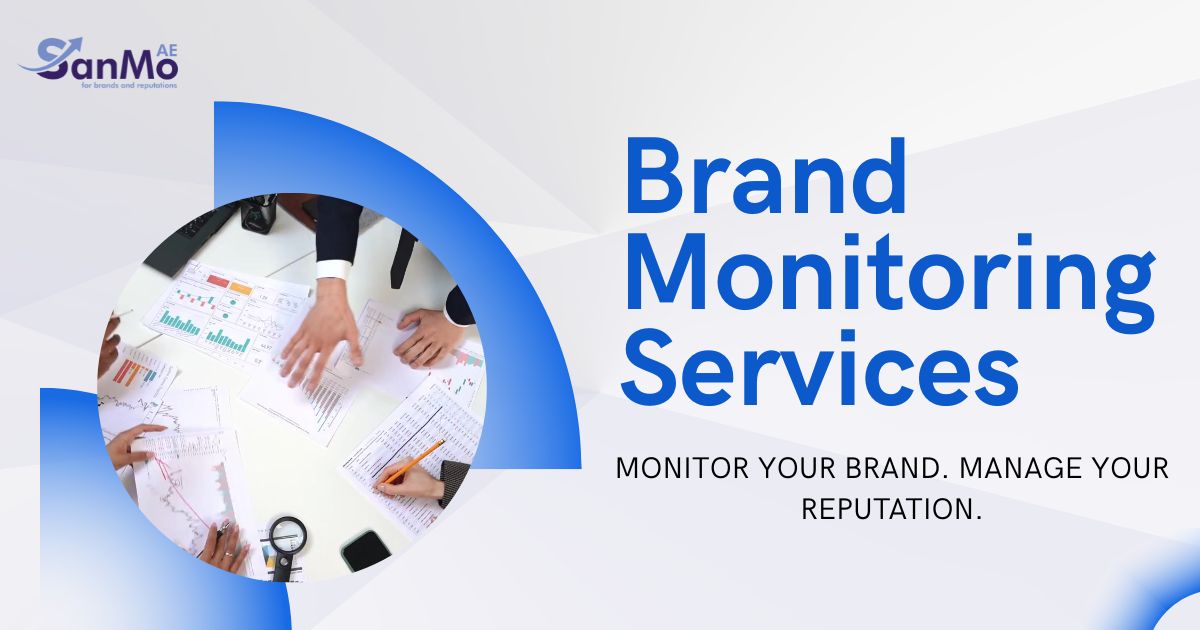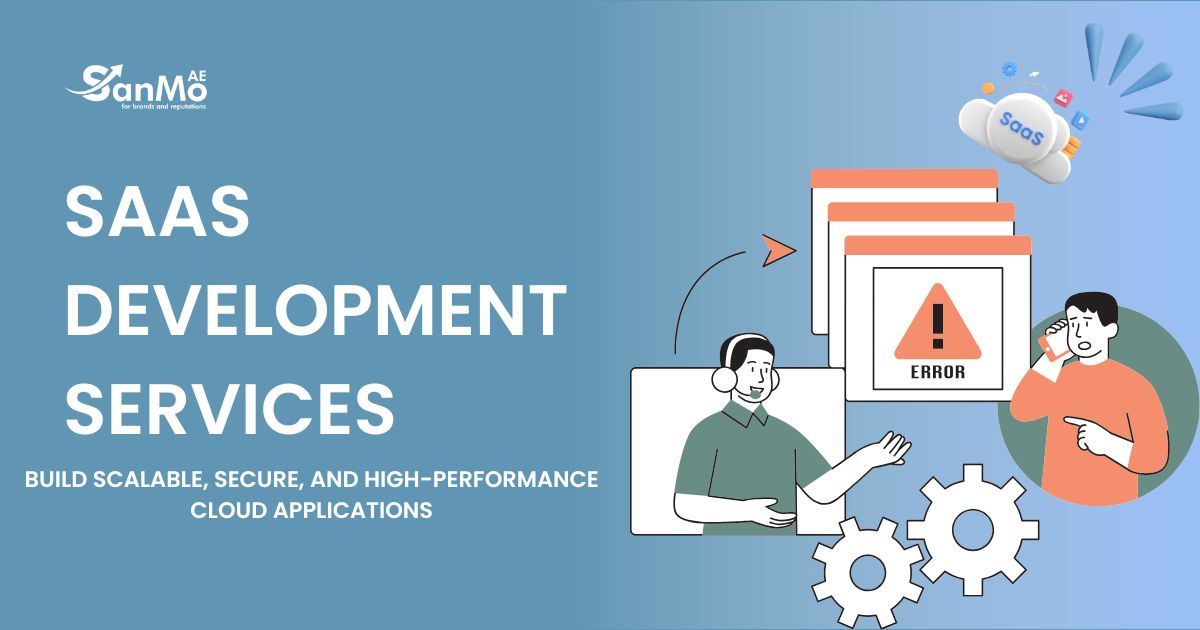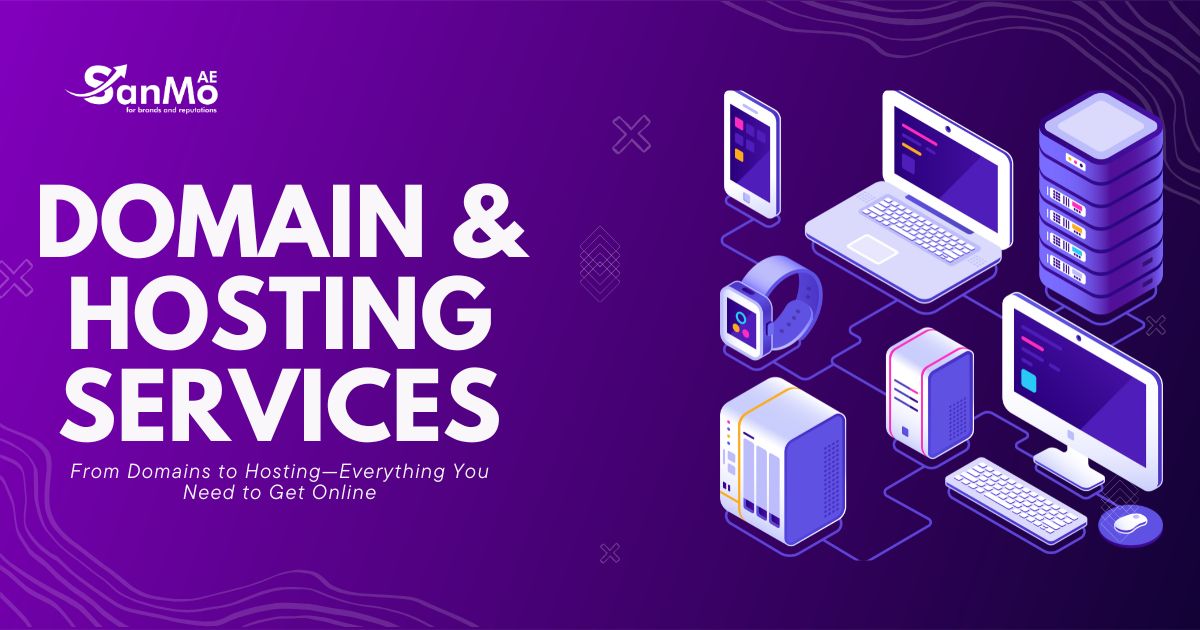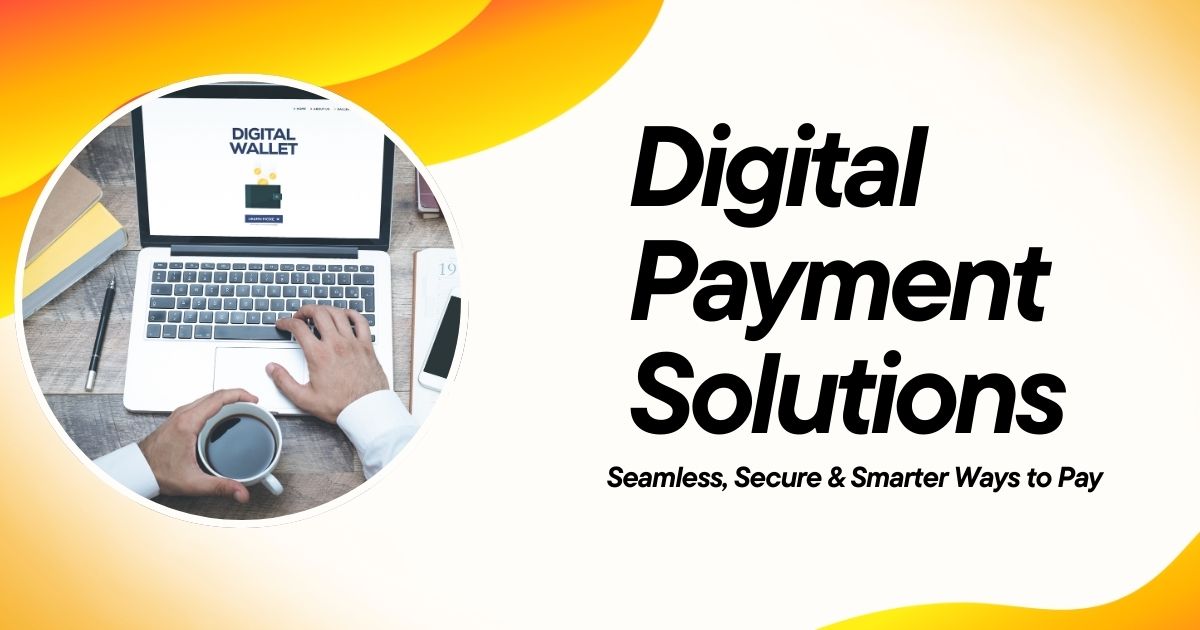For small businesses operating in a competitive market, every marketing dollar counts. Many small business owners hesitate to invest in paid advertising, fearing it’s too costly or complex. However, when done correctly, paid ads can deliver a high return on investment (ROI), helping small businesses grow quickly and efficiently. In this blog post, we’ll explore why paid ads are worth the investment and how they can transform your business.
Immediate Visibility and Results
One of the most significant advantages of paid ads is their ability to deliver immediate visibility. Unlike organic strategies such as SEO or content marketing, which take time to gain traction, paid ads can put your business in front of your target audience almost instantly.
Benefits of immediate visibility:
- Increased Brand Awareness: Even if users don’t click, they see your brand.
- Quick Traffic Boost: Drive visitors to your website or landing page immediately.
- Fast Lead Generation: Capture potential customers who are ready to take action.
Example:
A local bakery running a Facebook ad for its weekend sale could see an immediate influx of customers, driving both awareness and sales in a short time.
Highly Targeted Audience Reach
Paid advertising allows you to target your ideal audience with incredible precision. Platforms like Google Ads, Facebook, and Instagram offer a wide range of targeting options based on demographics, interests, behavior, and even location.
Targeting Options:
- Demographics: Age, gender, income level.
- Interests and Behaviors: Target users based on their hobbies, past purchases, or online activity.
- Geolocation: Ideal for local businesses looking to reach nearby customers.
- Retargeting: Show ads to users who have previously visited your website or interacted with your business.
Example:
A small fitness studio could use Facebook Ads to target users aged 25-40 within a 10-mile radius who have shown interest in health and wellness.
Cost-Effective Advertising
Contrary to popular belief, paid ads don’t have to break the bank. Most platforms operate on a pay-per-click (PPC) or pay-per-impression model, allowing businesses to control their spending.
Cost Control Features:
- Set Budgets: Determine daily or campaign-wide spending limits.
- Bid Adjustments: Optimize bids for different audience segments or times of day.
- A/B Testing: Test different ad creatives and strategies to find the most cost-effective approach.
Even with a modest budget, small businesses can achieve significant results by focusing on highly targeted campaigns and optimizing their ads over time.
Example:
A small e-commerce store might start with a $100 Google Ads budget, targeting specific product keywords. With proper optimization, they could generate hundreds of dollars in sales from that initial investment.
Trackable and Measurable Results
One of the greatest advantages of paid advertising is the ability to track and measure performance in real time. Unlike traditional advertising methods, where it’s hard to gauge impact, paid ads provide detailed metrics that help you understand what’s working and what’s not.
Key Metrics to Monitor:
- Click-Through Rate (CTR): Measures the effectiveness of your ad in driving clicks.
- Conversion Rate: Tracks how many users take a desired action (e.g., making a purchase or filling out a form).
- Cost Per Click (CPC): Shows how much you’re paying for each click.
- Return on Ad Spend (ROAS): Calculates the revenue generated for every dollar spent on ads.
Example:
A home cleaning service running Google Ads can track how many users clicked their ad, booked a service, and calculate the revenue generated from those bookings.
Boosting Brand Credibility
When users see your business advertised on popular platforms like Google or Facebook, it enhances your brand’s credibility. Paid ads can position your business as a leader in your niche, even if you’re new or relatively small.
Why This Matters:
- Increased Trust: Users tend to trust businesses that appear frequently in their feeds or search results.
- Competitive Edge: Compete with larger businesses by showing up alongside them.
- Social Proof: Ads featuring customer reviews or testimonials can reinforce trust and drive conversions.
Example:
A small law firm could run LinkedIn ads showcasing their expertise, featuring client success stories, and establishing themselves as a trusted legal service provider.
Complementing Organic Marketing Efforts
While organic marketing efforts such as SEO and social media engagement are vital, they often work best when combined with paid advertising. Paid ads can amplify your organic efforts, helping you reach more people faster.
How They Work Together:
- Boosting Organic Content: Promote your top-performing organic posts to reach a broader audience.
- Faster Data Collection: Paid ads provide quick insights into what type of content resonates with your audience.
- Supporting Long-Term Strategies: Use paid ads to drive traffic and leads while building up your organic presence over time.
Example:
An organic skincare brand could use Instagram Ads to promote their new blog post on skincare tips, driving more traffic and engagement than organic reach alone.
Scalability and Flexibility
Paid advertising is highly scalable, allowing you to adjust your campaigns as your business grows. Whether you want to increase your budget during peak seasons or target a new audience segment, paid ads offer the flexibility to adapt to your changing needs.
Scalability Features:
- Dynamic Budgets: Increase or decrease spending based on performance.
- Expand Reach: Target new geographic locations or demographics as your business grows.
- Experimentation: Test new ad formats or platforms to discover additional opportunities.
Example:
A seasonal business like a snow removal service could ramp up its ad spending during the winter months and scale back during the off-season.
Conclusion
Paid ads are a powerful tool for small businesses looking to grow their brand, drive traffic, and increase sales. With immediate results, precise targeting, and measurable performance, they offer a cost-effective way to compete in today’s fast-paced digital landscape. By starting small and optimizing over time, even businesses with limited budgets can see substantial returns.
If you’ve been on the fence about investing in paid ads, now is the time to take the leap. With the right strategy and execution, your business can reap the benefits of this proven marketing channel.

